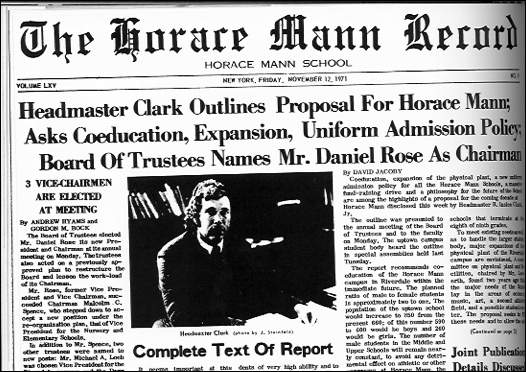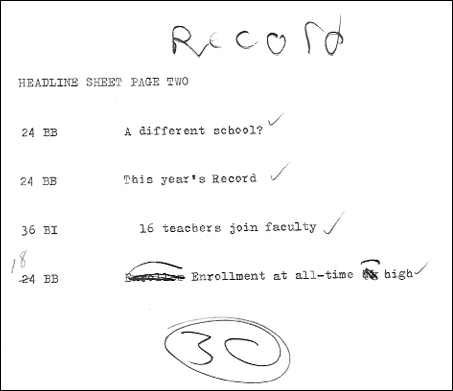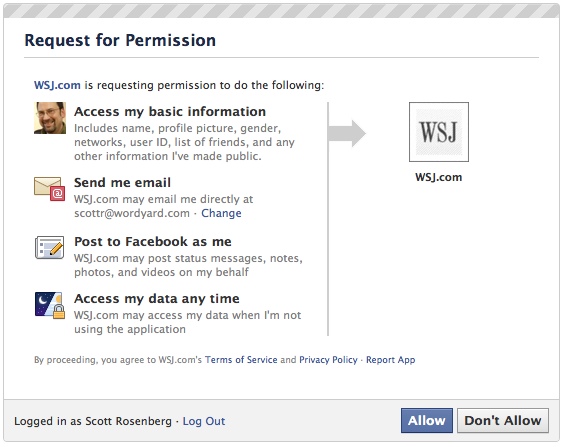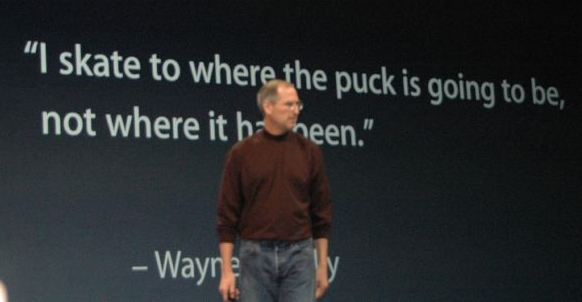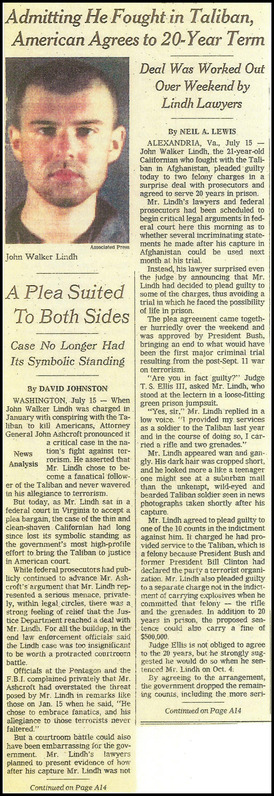 Buried near the end of John Markoff’s front-page feature in the Times today about “deep learning”, neural-net-inspired software, this tidbit, which I think requires no further elaboration, but is worth noting, and noting again:
Buried near the end of John Markoff’s front-page feature in the Times today about “deep learning”, neural-net-inspired software, this tidbit, which I think requires no further elaboration, but is worth noting, and noting again:
One of the most striking aspects of the research led by Dr. [Geoffrey] Hinton is that it has taken place largely without the patent restrictions and bitter infighting over intellectual property that characterize high-technology fields.
“We decided early on not to make money out of this, but just to sort of spread it to infect everybody,†he said. “These companies are terribly pleased with this.â€
Said companies will (a) build a new industry on these openly shared ideas; (b) make fortunes; and then (c) dedicate themselves to locking those ideas up and extracting maximum profit from them.
That’s inevitable and nothing new. Let’s be glad, though, for the occasional Geoffrey Hintons and Tim Berners-Lees, who periodically rebalance the equation between open and closed systems and keep our cycle of technology evolution moving forward.

